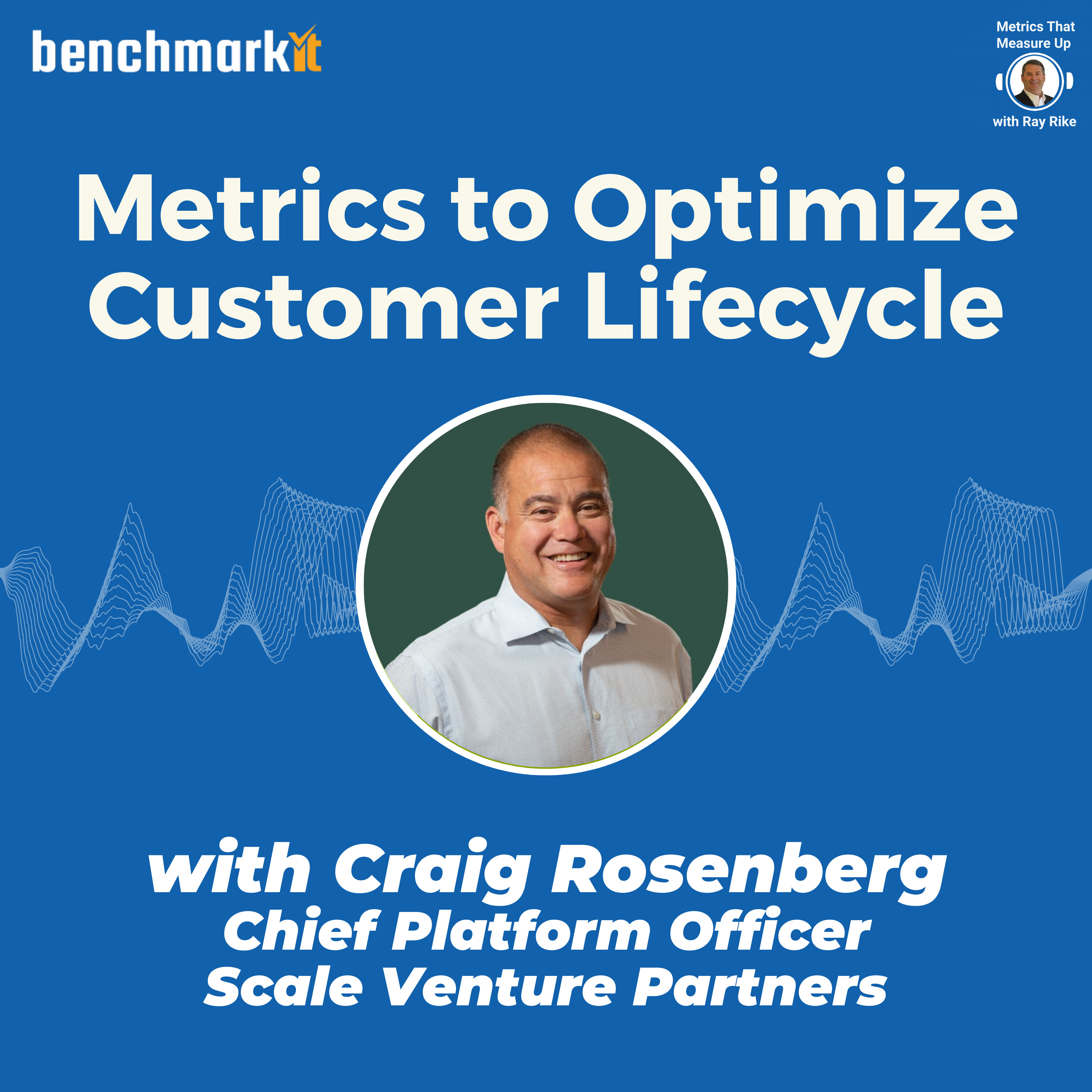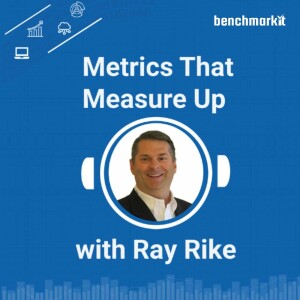
Customer Lifecycle Metrics - With Craig Rosenberg
 2022-11-01
2022-11-01
Craig Rosenberg has worked with hundreds, if not thousands of B2B SaaS companies as the co-founder of TOPO, Distinguished analyst at Gartner, and now as Chief Platform Officer at Scale Venture Partners.
Across Craig's roles, he was able to take an expensive view across each stage of a SaaS company's growth including strategy, people, process, technology, tactics, and over time METRICS!
Craig highlighted that the best companies in the world were/are "metrics" driven, and as Craig started to work with larger, enterprise-class companies beyond SaaS being "metrics and data" driven was even more critical to decision-making.
"End to End" Customer Journey is an often discussed subject, but what is it really? Craig's perspective is most customer journey mapping is too generic and needs to be very focused on how the customer buys starting with using third-party internet activity to marketing interactions to Sales Development to Sales and then ending at "Closed-Won". Going beyond Closed-Won to include customer engagement, retention, and expansion,
Going beyond mapping and understanding the entire customer journey including acquisition, retention, and expansion, companies need to "SEGMENT" the metrics by customer cohort, such as SMB vs Mid-Market vs Enterprise. Another view should be based upon "HOW" the prospect/customer came into the customer lifecycle process, such as lead source and/or lead channel.
When I asked "who" in a company should map the customer lifecycle, Craig's response was quite pragmatic: "whoever is best at mapping the customer lifecycle in your company". Craig added that Revenue Operations is a perfect organization to take the lead on customer journey mapping, and building a "coalition" across Marketing, Sales, and Customer Success. An important caveat is that without the support and involvement of the CEO it becomes less significant and strategic.
Another topic we discussed, was if a company should involve customers in the "journey mapping" process. Craig said of course, but you only need to include a few customers in the process as talking with more than 10 customers will provide diminishing returns.
Next, I asked Craig about what metrics are priorities to measure the efficiency of the customer lifecycle across acquisition, retention, and expansion. Craig started with the Four Vital Signs Framework to track in a SaaS company:
- Growth
- Efficiency
- Churn
- Burn
Next, we discussed if any of the Vital Signs are more important at each stage of a company's evolution. Craig's first recommendation was to instrument and begin capturing metrics for all four vital signs early in the journey. Certain metrics like churn/Customer Retention will become more important as a company grows beyond the first and second renewal cycles, but identifying and instrumenting for metrics should begin earlier than most companies believe are required.
No matter what stage of growth your SaaS company is currently in, this discussion with Craig Rosenberg provides many interesting, insightful perspectives on the importance and priority of metrics across the customer lifecycle.
See Privacy Policy at https://art19.com/privacy and California Privacy Notice at https://art19.com/privacy#do-not-sell-my-info.
More Episodes
Create your
podcast in
minutes
- Full-featured podcast site
- Unlimited storage and bandwidth
- Comprehensive podcast stats
- Distribute to Apple Podcasts, Spotify, and more
- Make money with your podcast
It is Free
- Privacy Policy
- Cookie Policy
- Terms of Use
- Consent Preferences
- Copyright © 2015-2024 Podbean.com






